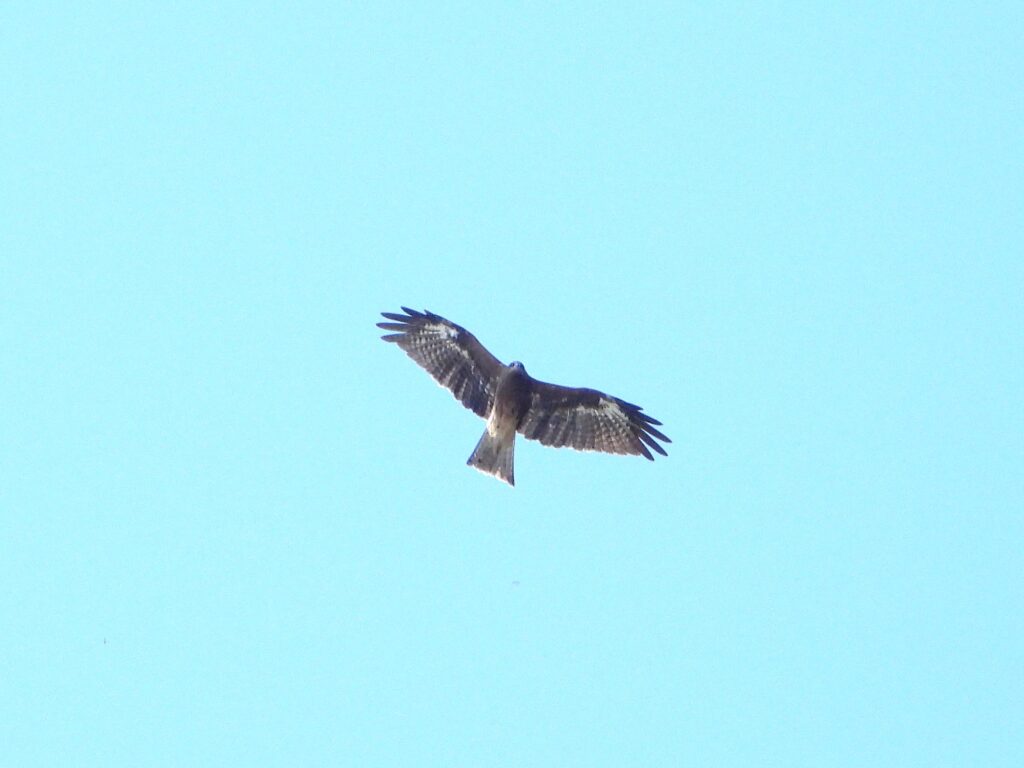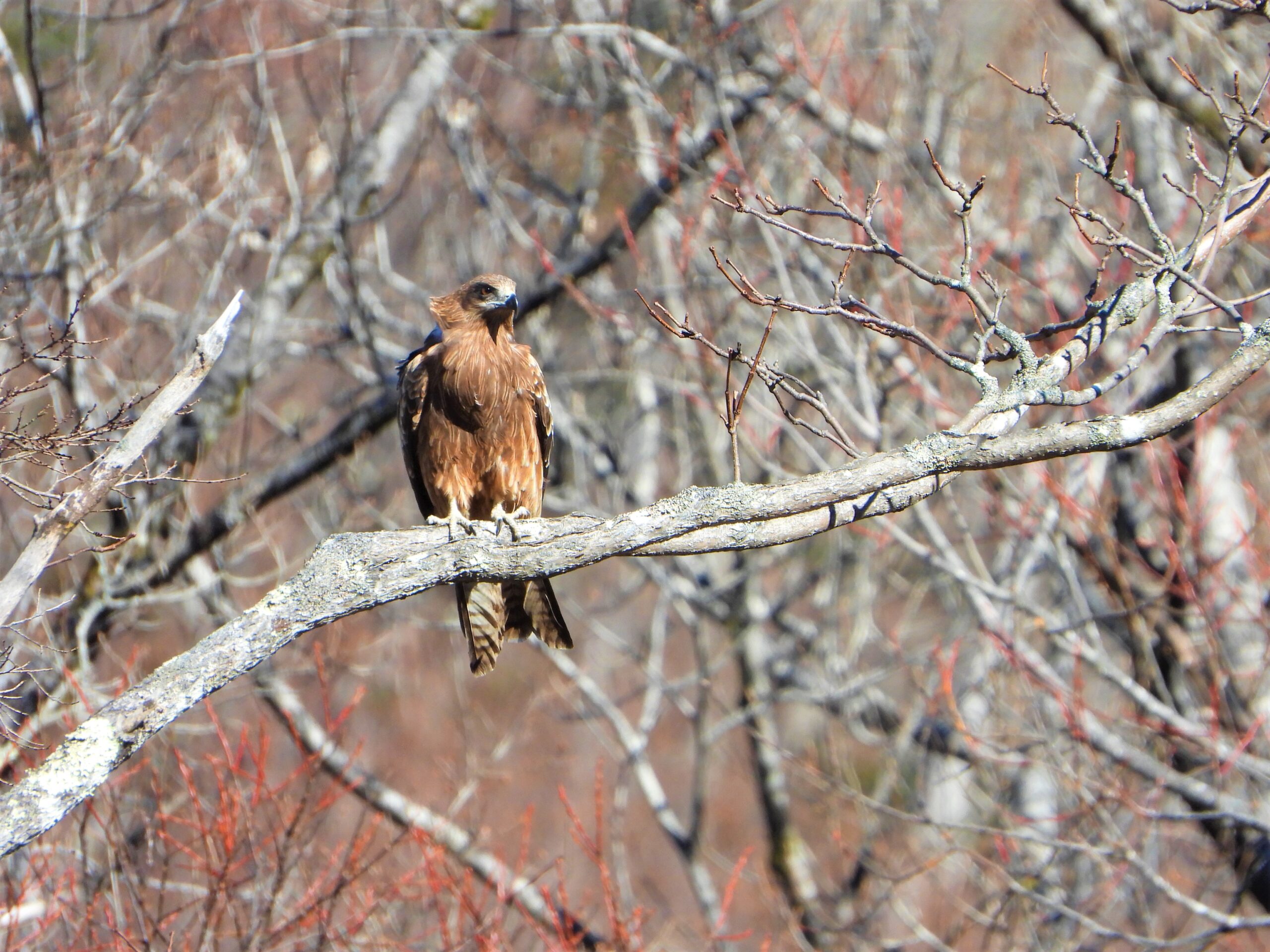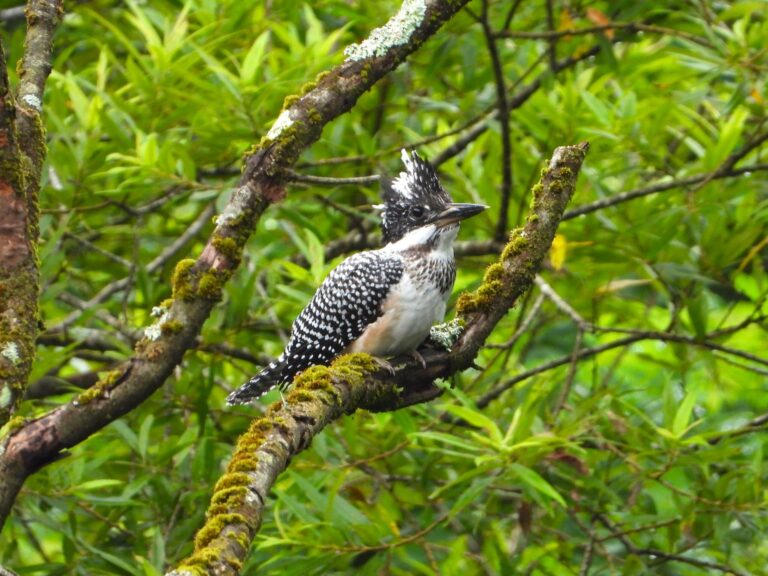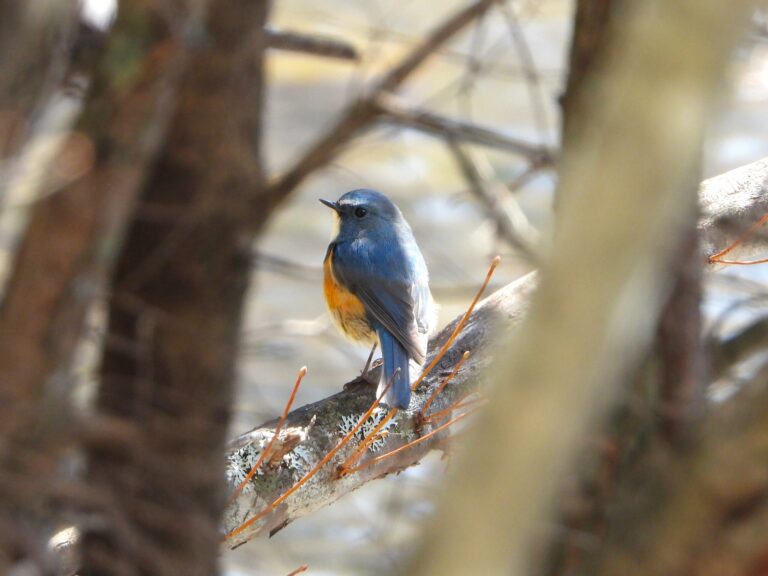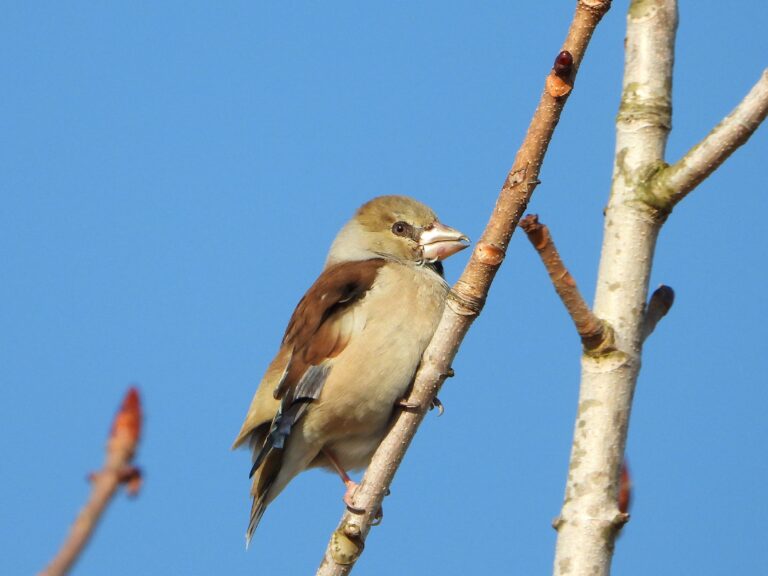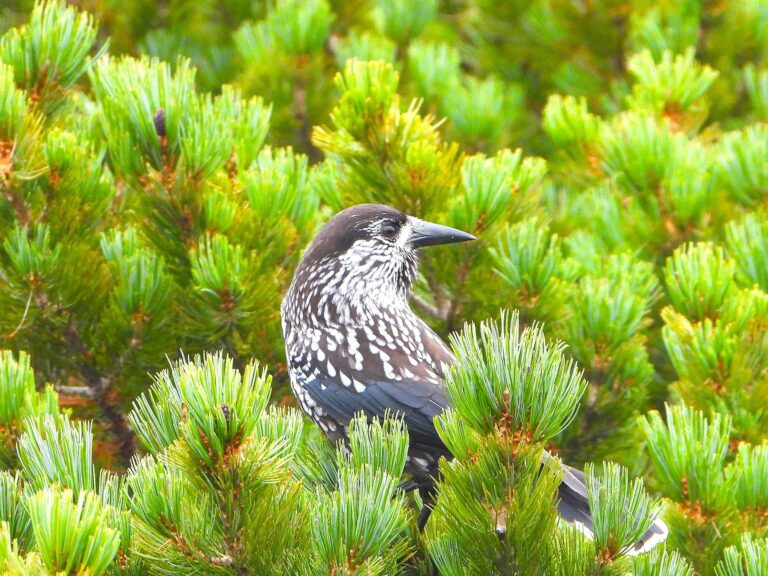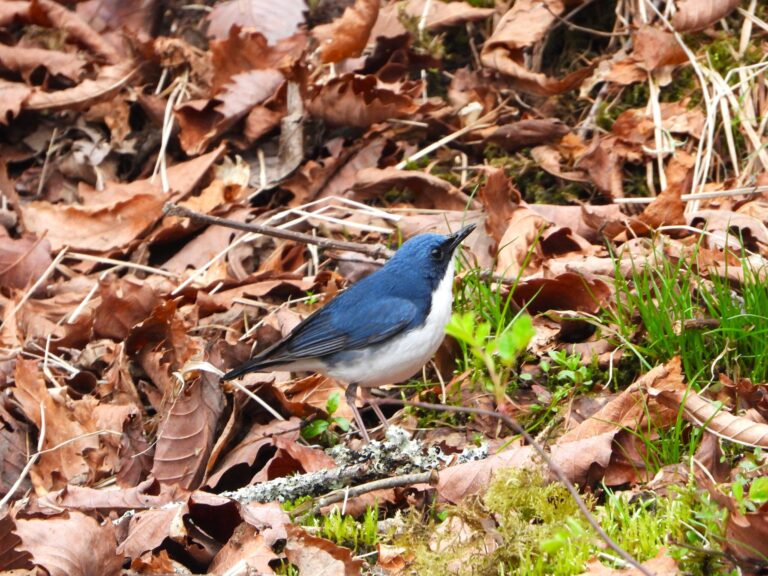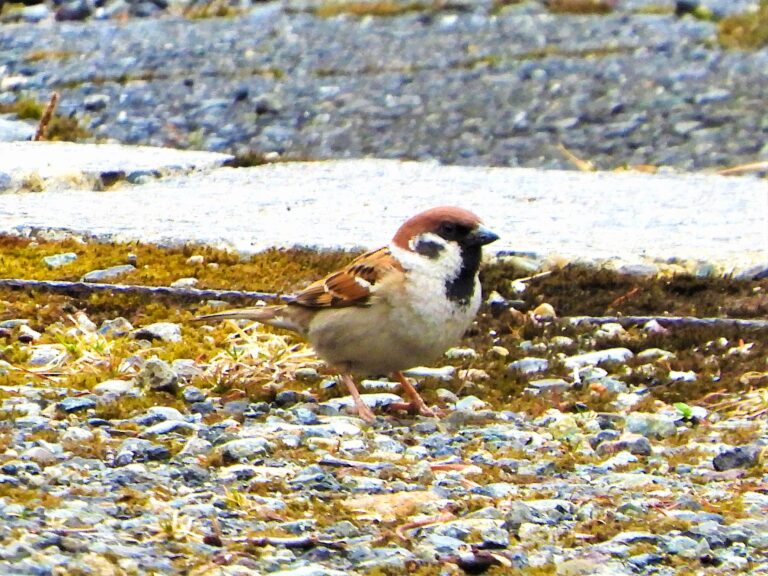Black Kite (Milvus migrans lineatus) – Wildlife of Japan
Introduction
The Black Kite, called Tobi in Japanese, is one of Japan’s most familiar raptors. The birds in Japan belong to the subspecies Black-eared Kite M. m. lineatus, and Japanese populations are largely sedentary (year-round residents). Globally the species is assessed as Least Concern by BirdLife/IUCN.
Appearance (Quick ID)
Medium-sized brown kite with a shallowly forked tail, long “fingered” wings, and pale panels (“windows”) in the underwing. Typical size: length 48–58 cm, wingspan ~130–155 cm. Sexes look alike. The subspecies lineatus tends to show a darker “black-eared” patch behind the eye.
Habitat & Where to See in Japan
Tobi thrive in open habitats near water—coasts, fishing ports, river mouths, large rivers, lakes, and surrounding farmland. They also adapt well to towns and cities where wind and food are available. They occur nationwide (rarer in parts of Okinawa).
Behavior
Typically seen soaring and circling on thermals, scanning for food, then gliding down to snatch items with lowered legs. Their hallmark call is a high, whistling “pi-hyoro-ro-ro” heard along coasts and rivers.
Safety & etiquette
In coastal tourist areas (e.g., Enoshima/Kamakura–Shonan), kites that have learned to take human food may swoop from behind; do not feed and keep food covered. Local governments actively warn visitors and post guidance.
Diet
An opportunistic scavenger–hunter: carrion, fish, small mammals, birds, reptiles, insects, and human refuse. This flexible diet explains their success in human-dominated landscapes.
Reproduction
In Japan, egg-laying is mainly March–May. Nests are large stick platforms in trees (often reused); pairs frequently incorporate soft or human-made materials into the lining. Clutch size is usually 1–3 eggs, with ~30 days of incubation and prolonged parental feeding post-hatch.
Conservation
Global status: Least Concern with a very large population; overall trend considered stable, though some local populations fluctuate with habitat/food availability. Urban pollutants (e.g., airborne microplastics) have been documented in Black Kites around Tokyo Bay, underscoring the value of clean-up and no-feeding policies.
Author’s Impression
On blustery days along rivers or the seacoast, watching a Tobi carve lazy circles against the sky feels quintessentially Japanese—their whistling call drifting over rice fields and harbor walls. I always keep snacks tucked away and enjoy them under a roof or near a wall, then look up and admire the flight show from a safe distance.
In Japan, learning to identify raptors should begin with the Black Kite. Its tail shape is very distinctive, making it an ideal first step for beginners. If you want to enjoy raptor watching in Japan, I highly recommend starting with the Black Kite—it is abundant, easy to observe, and will help sharpen your eye for more elusive species.
Fast field checklist
- Tail only slightly forked (less than Red Kite)
- Brown overall, pale underwing “windows”
- Soaring over coasts, ports, and big rivers
- Call: long, whistling “pi-hyoro-ro-ro”
